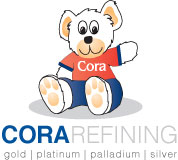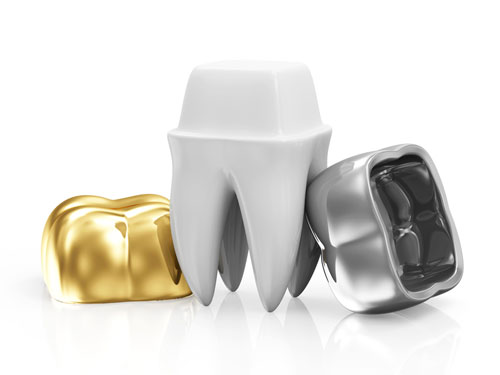At Cora Refining we collect and refine precious metal from dental scraps for many businesses throughout the United States and Canada. By following these few steps you can help to ensure that your office optimizes the potential profits from dental scrap metal. These steps will help to increase efficiency, decrease waste, and increase your revenue overall.
1. Create a routine:
Create an efficient system for collecting dental scrap metal. Don’t be haphazard or passive about the process, letting any employee vacuum one day, empty the bag the next, another person to collect and submit the accumulated scrap whenever enough seems amassed, etc. See if you can systemize when grinds, castings, etc. are collected: daily at 1pm or every Monday or each Tuesday/Thursday, for example, whatever works for your business—but they key is to organize the process.
2. Make one person responsible:
By creating a system in which one person is responsible for the collection and submission of precious metal dental scrap you lessen the opportunity for things to get lost along the way. This will also allow for a more organized, streamlined process, making it simpler and easier for your employees to process.
3. Review your numbers:
Review your scrap metal within a set period of time- say three months from January to March. Then compare this number to the amount of new metal purchased within this time period. Consider this your scrap-to-alloy ratio. The industry recommendation is about 15 to 18 percent of scrap returned per ounce compared to the ounces purchased.
If your ratio is lower than that consider changing how you collect your scrap. In order to get an accurate reading of the numbers, compile three separate data collections: January-March as one, April-June, and July-September (for example). Then you can compare the individual ratios, perhaps January-March saw a 15% return but April-June saw only a 10% return and July-September was 16%. It could then be assumed that something was significantly different within the April-June time frame that skewed the results negatively and potentially cost your office money. Perhaps someone different was in charge of collecting? Was the manager out on vacation? Was a new carpet put in but the old one not cleaned out properly? Analyzing your numbers will help you solve a multitude of potential problems through a relatively simple process.

